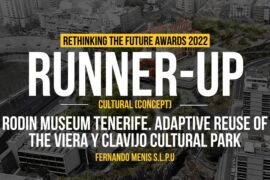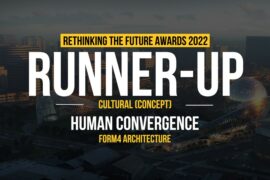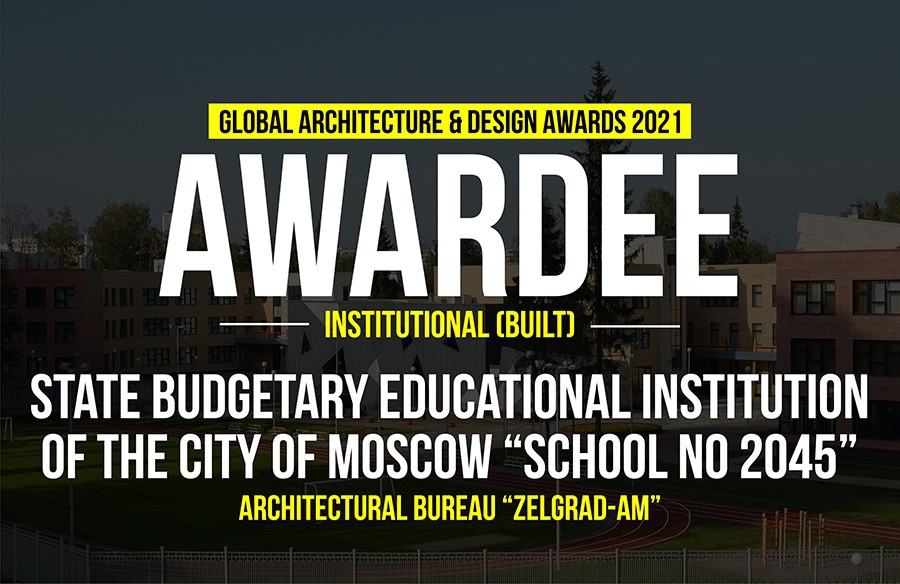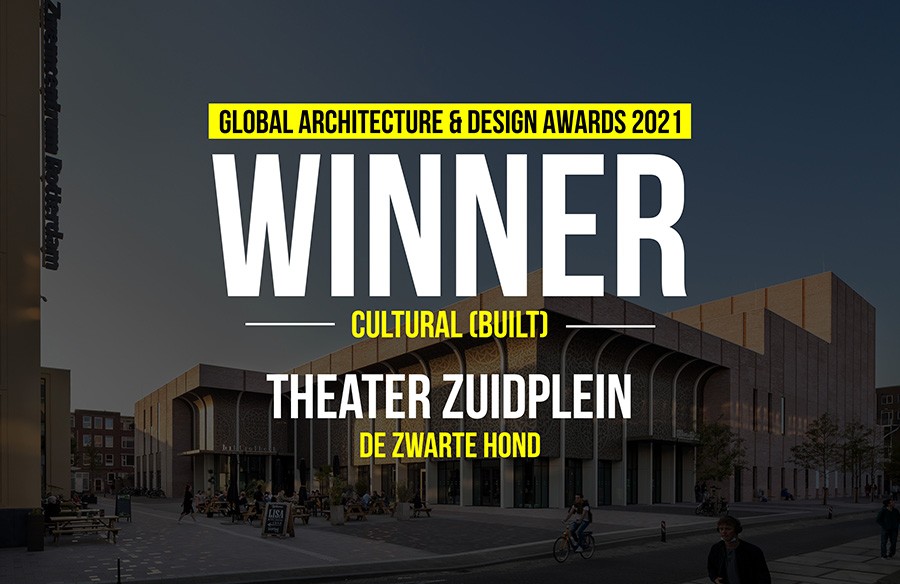Birth and death are natural stage sin the life of every human being. But the emotional aspects of these two events are significantly different. The birth of a new human is associated with excitement and optimism; thoughts about death are usually scary and unpleasant.
People die every day, and architecture cannot change this fact. But architecture can influence the perceptions and emotions connected with the death of a relative. This is the function of our crematorium complex, which consists of a funeral ceremony hall, a memorial museum and a park.
Second Award | DAF 2016 Students Awards
Category: Cultural
Participant Name: Garaeva Milyausha
University: Kazan State University Of Architecture And Engineering
Country: Russia

The ritual of the actual cremation is usually connected to a funeral ceremony, which is performed by relatives and friends of the deceased. Therefore, the main idea of our crematorium space is focused on the life of relatives and close friends. Their loss causes intense emotions. The basic concept of the architectural space of crematorium complex is the philosophy of a human being’s path of life. As we know, a life consists of the following stages: inception, infancy, juvenility, maturity, old age and death. Each of these stages is reflected in the crematorium complex. This allows the visitors to think about the meaning of life and to look for a personal understanding of one’s path in the world. By experiencing the complex and the park, the visitors can reflect about their role in life and their destiny.
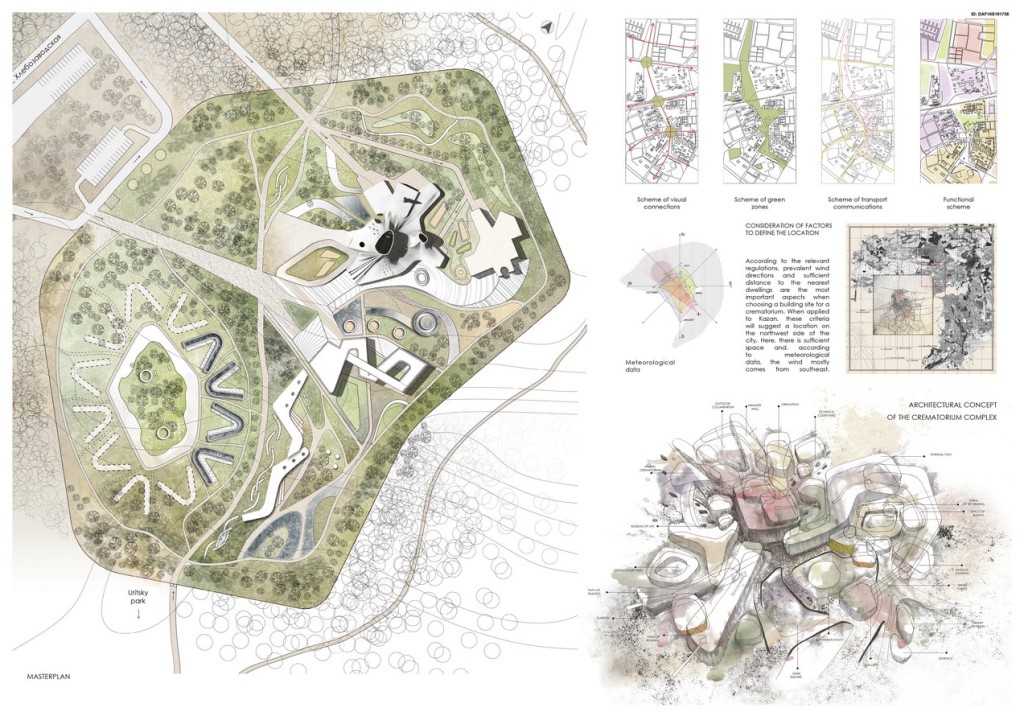
- A possible path towards emotional recovery from the trauma of loss is offered by different zones within the park, which reflect the stages in life. For instance, inception and infancy are active and thrilling stages of life. They are symbolized by a lively zone in the form of a courtyard offering opportunities for play. The maturity period is symbolized by several thematic pavilions, such as the pavilions of silence, music, nature and reading.
- Old age and death are somewhat tranquil emotional condition. They are reflected by a space of meditation which allows the visitor to be alone with personal thoughts about the last path in life. At completion of the park visit, a visitor has had the opportunity to have emotions and thoughts about the different phases in life of life, which can help to get a better understanding of his or her personal aims in life and the underlying philosophy.

3.The crematorium building is organized around several space principles. The first idea is that the main spaces as two funeral ceremony halls are linked by a public space for visitors. The public space is a space of silence and waiting for the completion of the cremation. A circle in the middle of the foyer offers family and friends the opportunity for meditation.

4.There is also nature present inside the circle. The main idea of the meditation space is that the perception of nature helps in reflection about life. Relatives are waiting for the ashes in front of a circle, at a sitting area. The cremation room is oriented to the North. This is due to the prevalent direction of wind, which is an important aspect in the planning of a crematorium.
If you’ve missed participating in this award, don’t worry. RTF’s next series of Awards for Excellence in Architecture & Design – is open for Registration.
[button color=”black” size=”medium” link=”httpss://www.re-thinkingthefuture.com/awards/” icon=”” target=”false”]Participate Now[/button]
[g-gallery gid=”16829″]


